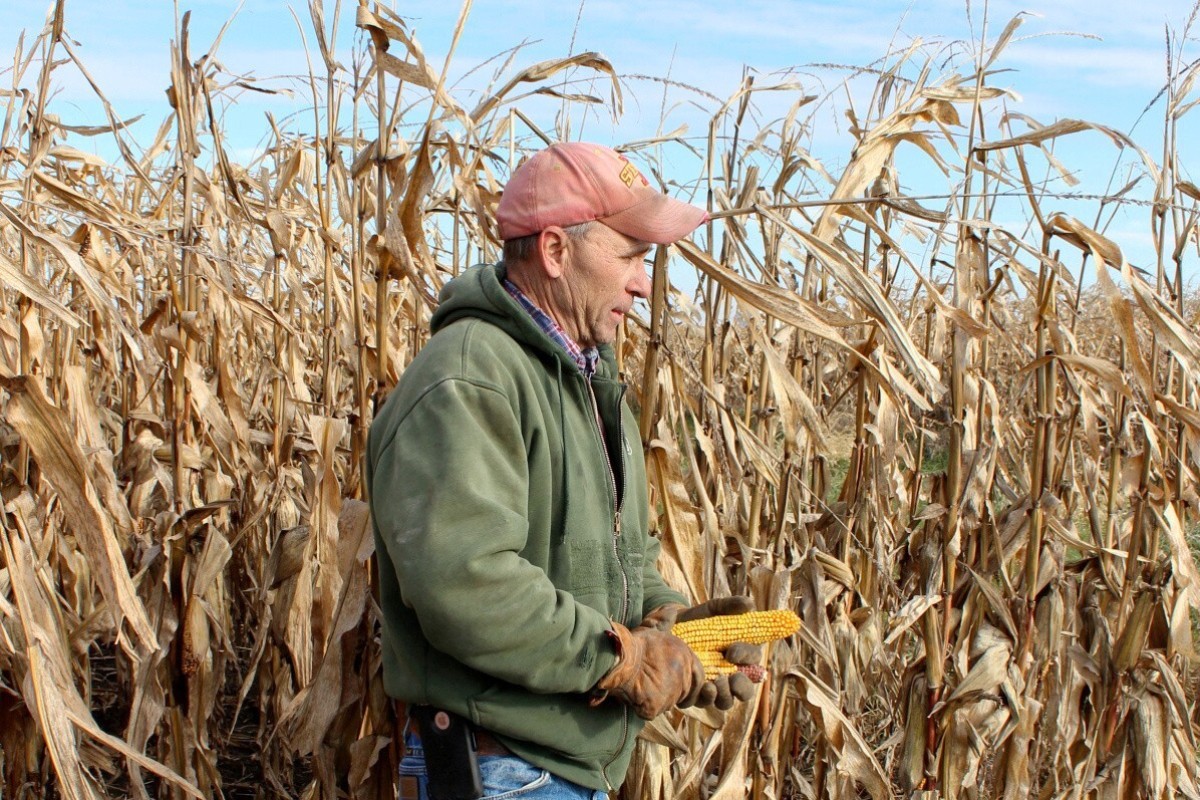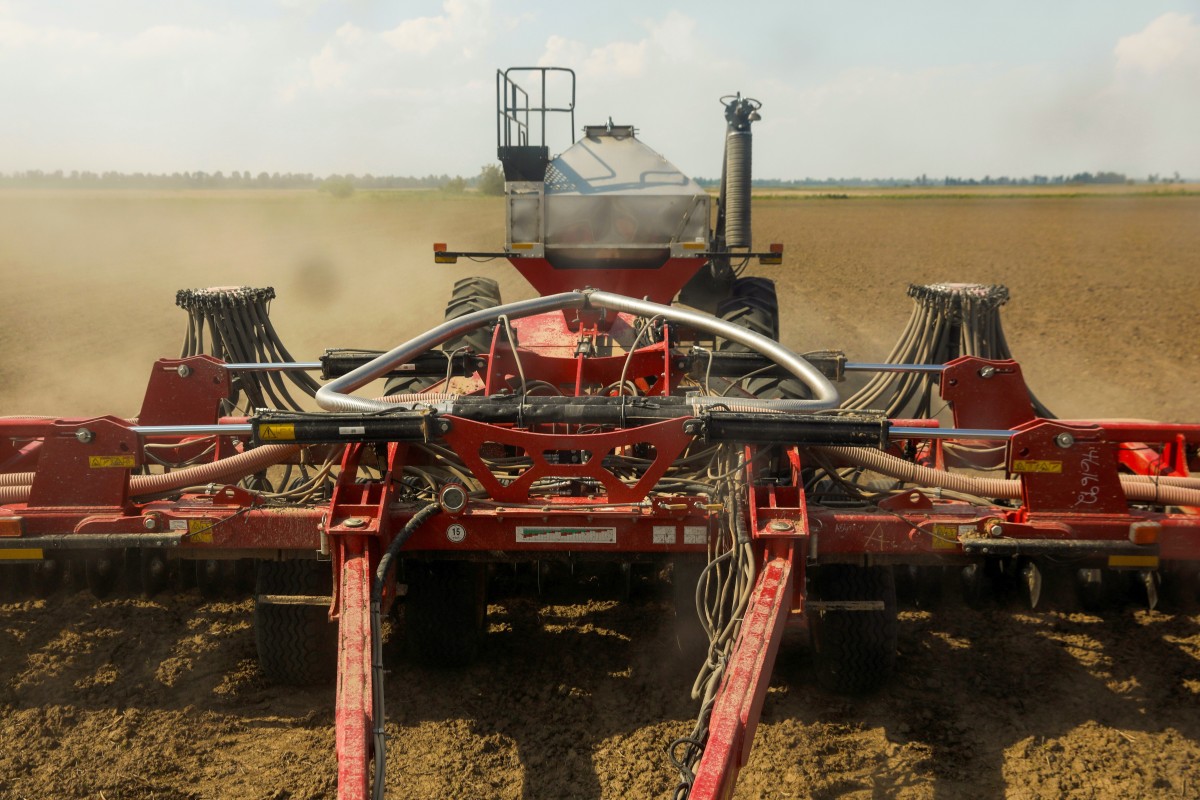
Trump administration claims progress over China farm purchases
White House says China bought US$23bn in farm products, but some believe the figures are ‘overly optimistic’
Total includes sales that have yet to be shipped and may not meet end-of-year deadline
Bloomberg Published: 5:54pm, 25 Oct, 2020
The Trump administration says new agricultural trade data shows that Beijing is on track to fulfil its commitments in the US-China trade deal by the end of the year, including “all-time high” purchases of American beef, pork, corn and soybeans. Other analysts, however, say the administration’s claims are misleading.
“Using the best methodology, we have calculated that China has purchased approximately 71 per cent of its target for 2020,” an administration report published last week said, promoting the new numbers as a victory for US farmers in the face of China’s “problematic” trade practices.
With days left before the election, President Donald Trump and his advisers are keeping a close eye on sentiment among farmers, a constituency that helped him win the White House four years ago. In Iowa, however, a major corn- and soybean-producing state that Trump won by more than nine percentage points in 2016, he is behind Democratic challenger Joe Biden in many polls.
A separate report set to be published this week by the Peterson Institute for International Economics (PIIE) says that, at a closer look, the administration’s latest numbers are inaccurate.
Unpacking the ‘phase one’ deal for the US-China trade war
Instead of all-time highs, PIIE’s analysis shows that China’s agriculture purchases from the US this year are expected to be largely even with 2017, when Trump took office.
“We're now nine months through 2020, and US exports to China are slightly over 50 per cent of the way toward the year-to-date targets”, below the 71 per cent number claimed by the administration, said Chad Bown, the author of the report and a former White House senior economist who closely tracks US-China trade data.
“That's still well short of the pace needed to fulfil the purchase commitment targets,” he said.
The difference between his math and the Trump administration’s reckoning, said Bown, is that the administration added in purchasing predictions and projections that have no guarantees.
David Laborde Debucquet, a senior research fellow at the International Food Policy Research Institute, agreed, questioning the superlative used in the Trump administration’s report.
“The methodology is ‘the best’ to get the results desired, not to actually check if the agreement has been implemented as written in black and white,” said Laborde Debucquet.
Bown said his own math simply followed the formula laid out in the text of the trade deal.
“They're still pretty far behind on meeting the agricultural targets,” he said, adding that some agricultural goods, like lobsters – a key export from the swing state of Maine – have plummeted.
Bown added that if China’s trade behaviour has changed in recent months, it has little to do with pressure from Trump and far more to do with other factors, like an African swine fever outbreak that has decimated China’s domestic pork supply.
US pork exporters are doing “very, very well” this year as a result, Bown said.
He also said that agricultural trade was only a small part of the story, adding that US sales of manufacturing goods and energy to China were doing even worse.
The two reports come amid plummeting US-China relations, with Trump and both parties in Congress eager to put pressure on China over a range of issues, including trade.
US-China relations: Joe Biden would approach China with more ‘regularity and normality’
Trade policy in particular has been a top priority for Trump since he took office, and his administration is eager to show that it has delivered on its promise to fight back against China’s alleged unfair trade practices.
And as the coronavirus pandemic has hurt the American economy, Trump has turned to blaming China, where the outbreak first emerged, for the damage. He has vowed to make China “pay” for it, though he has not said how.
But the latest trade numbers also come with just eight days remaining before the election. Millions of Americans have already cast their ballots, and the US economy is considered a top priority for many voters.
Trump earned strong support from farmers in 2016, but after his trade war, waves of tariffs, and the coronavirus pandemic, it remains to be seen how many of them will vote for his re-election.
The administration’s trade report said that “these structural changes will benefit American farmers for decades to come”.
The administration’s trade report said that “these structural changes will benefit American farmers for decades to come”.

This article appeared in the South China Morning Post print edition as: Trade deal figures do not add up, analysts say
Jacob Fromer has reported from Beijing and Washington. He has a master’s degree from the Fletcher School of Law and Diplomacy.
No comments:
Post a Comment